Features
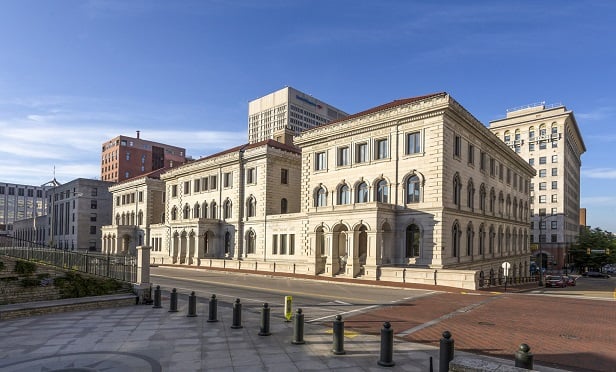
Fourth Circuit Could Decide Fate of the 'Texas Two-Step'
An influential appellate court has agreed to take up a bankruptcy involving the controversial "Texas two-step," potentially deciding the merger tactic's fate in future Chapter 11 cases. The Fourth Circuit agreed to hear a petition to dismiss the bankruptcy of Bestwall, a subsidiary of Koch Industries-owned Georgia-Pacific, created through a "Texas two-step" to resolve 60,000 lawsuits over asbestos exposure.
Features
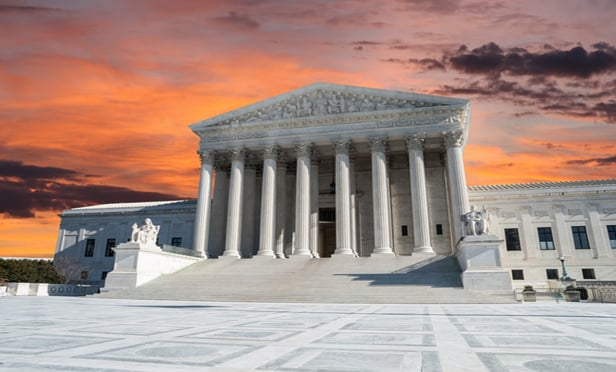
Supreme Court: Prospective Parity Is Answer to Past Trustee Fee Disparity
The appropriate remedy for the past disparity in bankruptcy fees between federal Bankruptcy Trustee and Administrator districts is simply to ensure all the courts are charging the same going forward, the Supreme Court ruled on June 14.
Features

LJN Quarterly Update: 2024 Q1
Highlights some of the in-depth analysis and insights from lawyers and other practice area experts from the nine LJN Newsletters titles over the first quarter of 2024.
Features
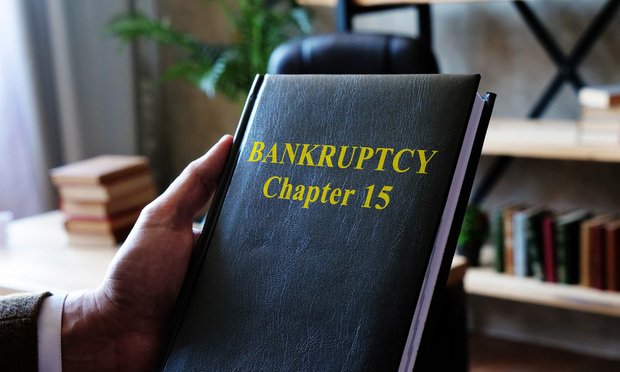
Courts Split Over Requirement for Chapter 15 Jurisdiction In the U.S.
If a foreign debtor doesn't reside in, have a domicile or place of business in, or have property in the U.S., can the foreign representative of the debtor utilize Chapter 15 to obtain discovery to use in the foreign proceeding?
Features

Guidance on the Enforceability of Lockup Provisions
A recent decision from Chief Judge Glenn of the Southern District of New York Bankruptcy Court provides clarity to creditors and debtors alike in cases where the parties' settlement negotiations include an agreement requiring a creditor to support the debtor's Chapter 11 plan.
Features
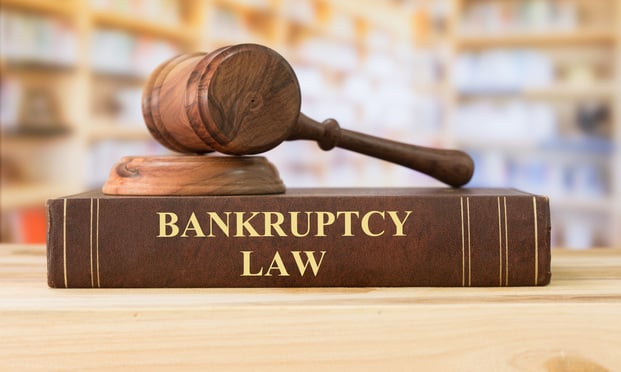
NY Appellate Court Provides Practical Guide to Commercial Landlord's Bankruptcy Damage Claims
The Southern District of New York affirmed a bankruptcy court's holding that the statutory cap on a landlord's damage claim "applies to [its] claim against a [Chapter 11] debtor-guarantor."
Features
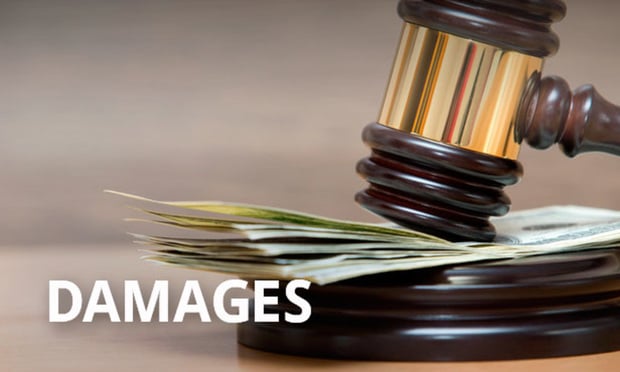
Appellate Court Provides Practical Guide to Commercial Landlord's Bankruptcy Damage Claims
The court's decision, supported by a well-reasoned bankruptcy court decision, provides a helpful overview of the most recent law governing landlords' damage claims in bankruptcy cases.
Features

Determining the Indubitable Equivalent of A Bankruptcy Claim
One aspect of the dispute in interpreting clauses in an agreement from a financial point of view, and one with significant consequences, centered around the term indubitable equivalent value for a Class 5 creditor in the context of a debtor's fifth amended Chapter 11 plan and objection to confirmation filed by creditor. The U.S. Bankruptcy Court, Middle District of Florida, Jacksonville Division opined on that issue.
Features

What Happens When Nondischargeable Student Loan Is Later Determined to Be Dischargeable?
The U.S. Bankruptcy appellate panel for the Ninth Circuit addressed a matter of first impression: what happens when a debt that may be considered nondischargeable is later determined to be dischargeable, and more importantly, whether efforts to collect such a debt be exempt from penalties for violating the discharge injunction?
Features

Delaware Bankruptcy Judge Orders Fee Examiners for 'Larger Chapter 11 Cases'
A rise in bankruptcies involving fraud and mass tort litigation is causing more bankruptcy lawyers to face scrutiny over their billing practices.
Need Help?
- Prefer an IP authenticated environment? Request a transition or call 800-756-8993.
- Need other assistance? email Customer Service or call 1-877-256-2472.
MOST POPULAR STORIES
- The 'Sophisticated Insured' DefenseA majority of courts consider the <i>contra proferentem</i> doctrine to be a pillar of insurance law. The doctrine requires ambiguous terms in an insurance policy to be construed against the insurer and in favor of coverage for the insured. A prominent rationale behind the doctrine is that insurance policies are usually standard-form contracts drafted entirely by insurers.Read More ›
- A Lawyer's System for Active ReadingActive reading comprises many daily tasks lawyers engage in, including highlighting, annotating, note taking, comparing and searching texts. It demands more than flipping or turning pages.Read More ›
- The Brave New World of Cybersecurity Due Diligence in Mergers and Acquisitions: Pitfalls and OpportunitiesLike poorly-behaved school children, new technologies and intellectual property (IP) are increasingly disrupting the M&A establishment. Cybersecurity has become the latest disruptive newcomer to the M&A party.Read More ›
- Abandoned and Unused Cables: A Hidden Liability Under the 2002 National Electric CodeIn an effort to minimize the release of toxic gasses from cables in the event of fire, the 2002 version of the National Electric Code ("NEC"), promulgated by the National Fire Protection Association, sets forth new guidelines requiring that abandoned cables must be removed from buildings unless they are located in metal raceways or tagged "For Future Use." While the NEC is not, in itself, binding law, most jurisdictions in the United States adopt the NEC by reference in their state or local building and fire codes. Thus, noncompliance with the recent NEC guidelines will likely mean that a building is in violation of a building or fire code. If so, the building owner may also be in breach of agreements with tenants and lenders and may be jeopardizing its fire insurance coverage. Even in jurisdictions where the 2002 NEC has not been adopted, it may be argued that the guidelines represent the standard of reasonable care and could result in tort liability for the landlord if toxic gasses from abandoned cables are emitted in a fire. With these potential liabilities in mind, this article discusses: 1) how to address the abandoned wires and cables currently located within the risers, ceilings and other areas of properties, and 2) additional considerations in the placement and removal of telecommunications cables going forward.Read More ›
- Guidance on Distributions As 'Disbursements' and U.S. Trustee FeesIn a recent case from the Bankruptcy Court for the District of Delaware, In re Paragon Offshore PLC, the bankruptcy court provided guidance on whether a post-plan effective date litigation trust's distributions constituted disbursements subject to the U.S. Trustee fee "tax."Read More ›
